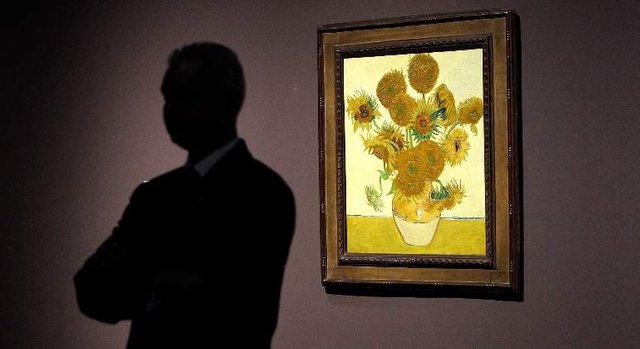
Photo: Getty.
Contradicting what happens in living culture, that is, the culture produced by living creators, but also that of dead musicians and writers, there is a market for the plastic arts that continues to flourish under the sign of speculation. I mean the market for works of art. According to the Art Market Report, in 2015 more than 310,400 companies operated in the global art and antiques market, employing 3.2 million people in auction rooms, galleries, dealers' businesses and a whole series of external support services. In 2017, that business volume already moved more than 70,000 million euros in more than 40,000 transactions.
Kenneth Griffin, well versed in all that pertains to speculation as one of the most important fund managers in the US as well as a collector, has said that the art market suffers from opacity and facilitates speculation by hiding the future value of the works . Griffin said it about the purchase (in 2015) of Nu Couché, of Modigliani, in 170 million dollars. Shortly after the Bloomberg chain acquired a box of Pollock, Number 17A, for 200 million dollars.
Speaking of Jackson Pollock, Tom Wolfe tells The Painted Word that Pollock was meeting in a tavern in the Village with a group of critics who put his paintings through the clouds, he said: "If I'm as good a painter as you say, why I do not sell a painting? " And something similar Van Gogh would have said if he had learned that a painting of his, The sunflowers, was sold-many years after the author died, after a life that did not get but contempt for his painting, as beautiful as breakthrough-in 1987 and a Japanese company in 40 million dollars. An essential feature of contemporary art is that the intrinsic quality of each work - therefore, the price - does not reveal itself but needs the endorsement or validation of several instances, that is, a product that leaves the artist's workshop. It has its own economic content that reveals the price. The concurrent character of the art market and the uncertainty faced by the agents involved in it allow intermediaries to set prices. In fact, with the exception of some superstars, the beneficiaries of the market explosion are the middlemen, but not the artists. The romantic figure of the bohemian creator without a penny is more alive than ever.
Byung Chu Han warned us some time ago of the perversions of that alleged transparency. Well, if in any sector it is necessary to bear in mind Han's warning is in which he trades with works of art, especially in that part of that market that happens to be the flagship of his intended and more than dubious transparency: the auctions of art. Marc Spiegler, who directs reports on the art market, wrote in the last published: "Transparency remains an unattainable goal."